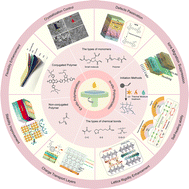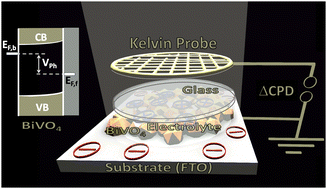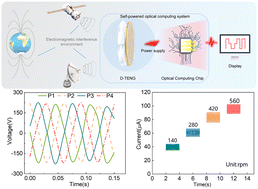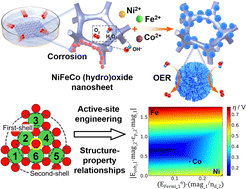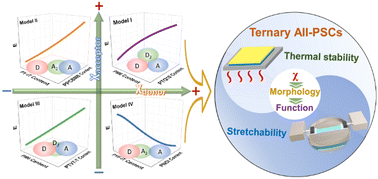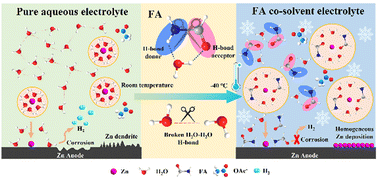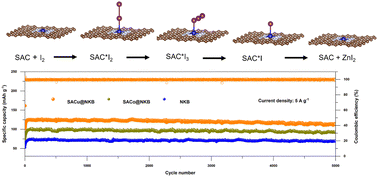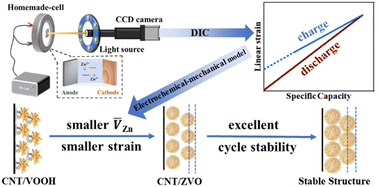Energy Environ. Sci., 2023, 16,4660-4669
DOI: 10.1039/D3EE01725G, Paper
DOI: 10.1039/D3EE01725G, Paper
 Open Access
Open Access This article is licensed under a Creative Commons Attribution 3.0 Unported Licence.
This article is licensed under a Creative Commons Attribution 3.0 Unported Licence.Chao Wang, Fangzhou Yang, Wang Wan, Shihe Wang, Yongyi Zhang, Yunhui Huang, Ju Li
An ultra-lightweight Li-CNT film was developed as a high-capacity anode prelithiation material, offering exceptional mechanical properties. This innovation holds great potential for precise prelithiation applications in lithium-ion batteries.
The content of this RSS Feed (c) The Royal Society of Chemistry
An ultra-lightweight Li-CNT film was developed as a high-capacity anode prelithiation material, offering exceptional mechanical properties. This innovation holds great potential for precise prelithiation applications in lithium-ion batteries.
The content of this RSS Feed (c) The Royal Society of Chemistry


